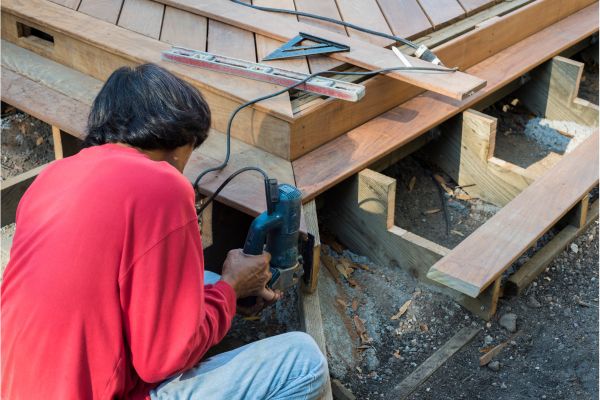Deck building, an essential aspect of various card games, is an intricate process that demands strategic thinking, creativity, and a deep understanding of the game mechanics. Whether you’re just starting your journey into the realm of card games or seeking to elevate your gameplay to a new level, this comprehensive guide is tailored to provide you with the insights, strategies, and techniques necessary to construct decks that stand out and lead you to victory.
I. Understanding the Fundamentals of Deck Building
Before delving into the complexities of deck construction, it’s crucial to establish a strong foundation in the basics. Begin by familiarizing yourself with the rules of the game and gaining a clear understanding of card types, such as creatures, spells, and artifacts. This foundational knowledge will serve as the bedrock for your strategic decisions moving forward.
II. Defining Your Strategy and Playstyle
A successful deck is an extension of your unique playstyle and strategy. Are you an aggressive player who enjoys fast-paced battles, or do you prefer a more defensive approach, biding your time for a game-changing play? Define your preferred style and tailor your deck accordingly. Consider the balance between offense, defense, and utility cards, ensuring that your deck reflects your chosen strategy.
III. Selecting Your Card Pool
Your card pool is the arsenal from which you’ll draw your deck’s components. While it might be tempting to include every flashy card you own, it’s essential to curate your selection thoughtfully. Focus on synergy—cards that complement each other’s abilities and create powerful combinations. Aim for a mix of low-cost and high-cost cards to ensure a balanced curve that facilitates smooth gameplay.
IV. The Rule of Ratios: Lands, Creatures, and Spells
Achieving the right balance of lands, creatures, and spells is pivotal for consistent and effective deck performance. As a general guideline, a well-rounded deck might consist of approximately 40% lands, 30-40% creatures, and 20-30% spells. However, these ratios can vary based on your strategy and the game’s mechanics. Adapting your deck’s composition to optimize your strategy is key to success.
V. Synergy and Combos: Building a Cohesive Deck
One of the hallmarks of a remarkable deck is its synergy—how well its components work together to create synergistic effects that can turn the tide of a game. Identify card interactions that amplify each other’s strengths, and capitalize on their combined potential. Combos can range from simple card pairings to intricate sequences that catch opponents off guard.
VI. Managing Resources:
Card Advantage and Card Draw Card advantage and card draw are crucial concepts that can make or break a game. Card advantage involves ensuring you have more cards at your disposal than your opponent, giving you a strategic edge. Utilize cards that grant you additional draws or allow you to retrieve cards from your graveyard. Maintaining a healthy card advantage can significantly impact your deck’s effectiveness.
VII. Adaptation and Evolution:
Fine-Tuning Your Deck A deck is never truly complete; it’s a work in progress that evolves with your experience and changing metagame trends. Regularly assess your deck’s performance and identify areas that could be improved. Experiment with new cards, adjust ratios, and refine your strategy based on the challenges you encounter. Embrace adaptation as a fundamental aspect of becoming a skilled deck builder.
VIII. Playtesting and Iteration
The true litmus test for any deck’s viability is playtesting. Engage in practice matches against different opponents to gauge your deck’s strengths and weaknesses. Note how your deck performs under various circumstances and adjust accordingly. Iterative playtesting allows you to fine-tune your deck, identify potential weaknesses, and refine your strategy.
IX. Staying Informed: Learning from the Community
The world of card games is teeming with a vibrant community of players, each contributing insights, strategies, and innovative deck ideas. Engage with this community through forums, social media groups, and online platforms dedicated to your chosen game. Learning from others’ experiences can provide fresh perspectives and open up new avenues for deck building.
X. Embracing the Journey: Patience and Persistence
Becoming a proficient deck builder is a journey that requires patience, dedication, and an appetite for learning. As you experiment, adapt, and refine your skills, remember that setbacks are valuable learning opportunities. Embrace the process, celebrate your successes, and remain persistent in your pursuit of mastery.
Takeaway
In conclusion, deck building is an intricate art that marries strategy, creativity, and adaptability. As you embark on your journey, remember that each deck is a reflection of your unique playstyle and strategic vision. By understanding the fundamental principles, curating a synergistic card pool, and embracing the iterative process of playtesting and refinement, you’re well on your way to constructing decks that not only win games but also captivate and inspire. So gather your cards, ignite your imagination, and prepare to craft decks that leave a lasting mark on the card game landscape.








